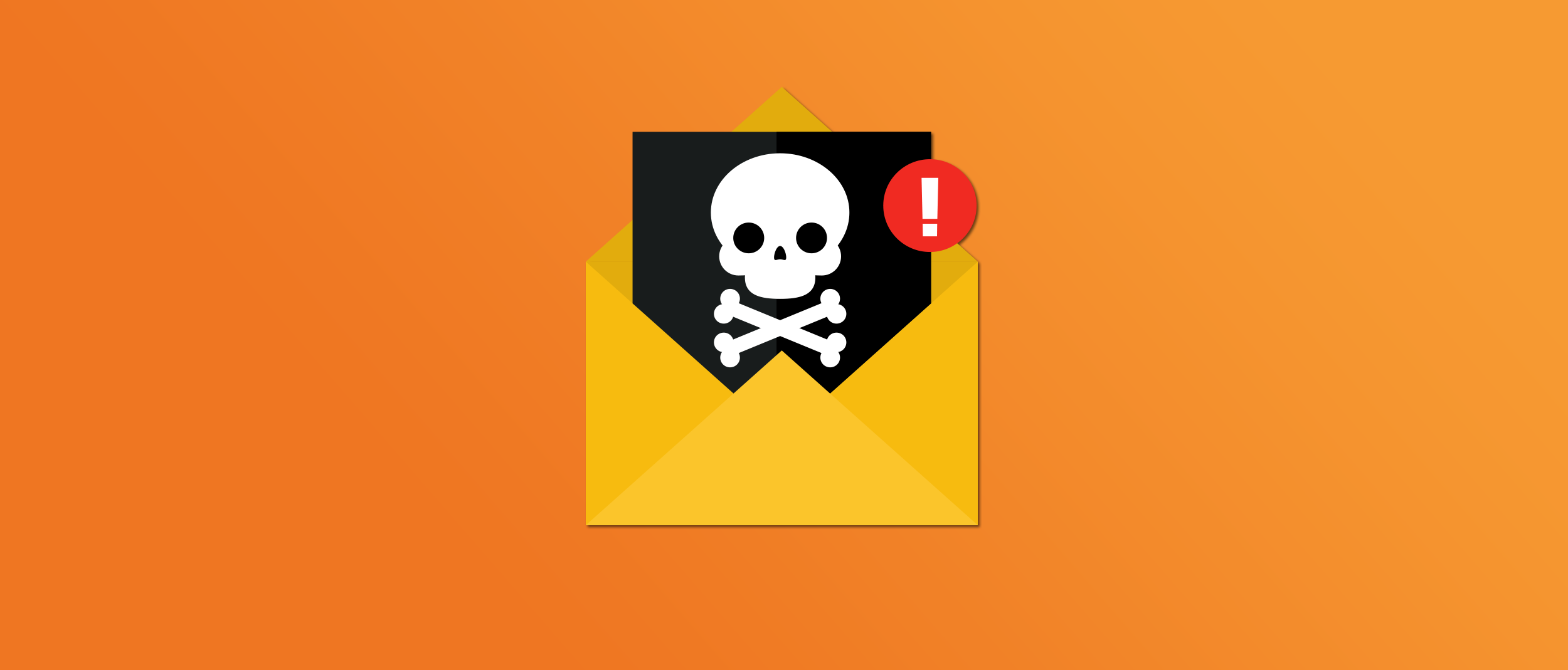
It’s estimated that 90% of all email sent worldwide every day is malicious in one form or another. That’s crazy, huh? While we take enterprise security measures and policies to protect against malicious email, there’s no silver bullet that exists to eliminate this issue.
We’re sharing the information below to help guide and inform you of the common threats that are out there. These are things you can do to help us in this effort, and what to do if you suspect you’ve received a malicious email. Thank you for continuing to be our best first line of defense!
Common Email Security Threats:
- Spoofing – When someone pretends to be someone else to gain your confidence, access systems, steal information, steal money.
- Phishing – A malicious attempt to trick you into sharing passwords, credit or bank information, or other sensitive information by posing as someone else or a trusted institution.
- Viruses – A piece of code embedded in a file attachment that is capable of copying itself and typically has a detrimental effect, such as corrupting the system or destroying data.
- SPAM – Unwanted and unsolicited digital communication generally sent out in bulk by malicious senders
- Ransomware – Malware that locks users out of their devices and/or files, and then the perpetrator demands an anonymous online payment in order to restore access.
Things you can do to protect yourself and your business against malicious email:
- Be skeptical – this is the absolute best first line of defense for everyone
- Think first, click second
- When in doubt, ask
- Be vigilant – you’re most vulnerable when you let your guard down
- Stop emailing files – use ShareFile as a secure way to share information both inside, and more importantly outside the organization
- Don’t hide the mess under the rug – if you suspect something, even if done inadvertently, report it immediately
If you suspect a malicious email message, here’s what you should do
- Flag the email. At the bottom of most unknown emails you receive, you will see a message in the footer, similar to the following: “This email has been scanned for spam and viruses. Click to report this email as spam.” Click the link within the message and the email will be reported. This is also a good way to reduce SPAM.
- If the email is obviously malicious go ahead and delete the email after reporting it.
- Do you have questions or doubts about the legitimacy of an email? Contact your IT support team. If you are a Calyx client, please visit our support page for directions on how to engage IT support.
